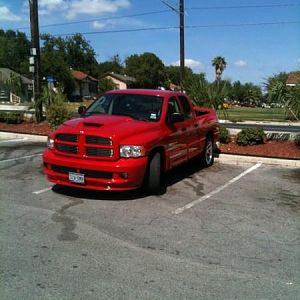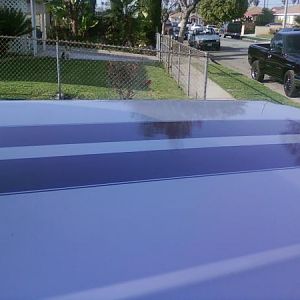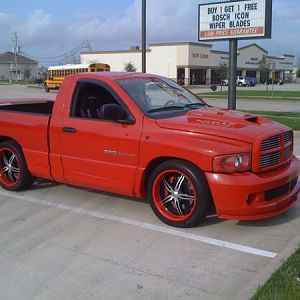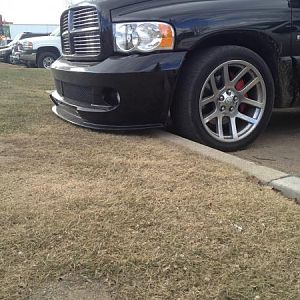JTS VENOM PERFORMANCE said:either way your gonna get all kinds of advice, but I allways get a call after selling one asking why it is staying at 14-15 during cruise, light throttle , hwy driving.
Reason being , pcm is optimizing the fuel ratio
but if you knwo nothing about tuning, you can at least make a run or two and yes have your tuning guy make adjustments since about 99% of folks that drive daily cannot do there own tuning.
so basically you have your own option if you go to modding your truck,
spend $275-$300 nd a couple hours of your time and install an air/fuel guage of good quality, or not and take a 50/50 $20,000 chance with your aluminum engine
thats a no shitter






